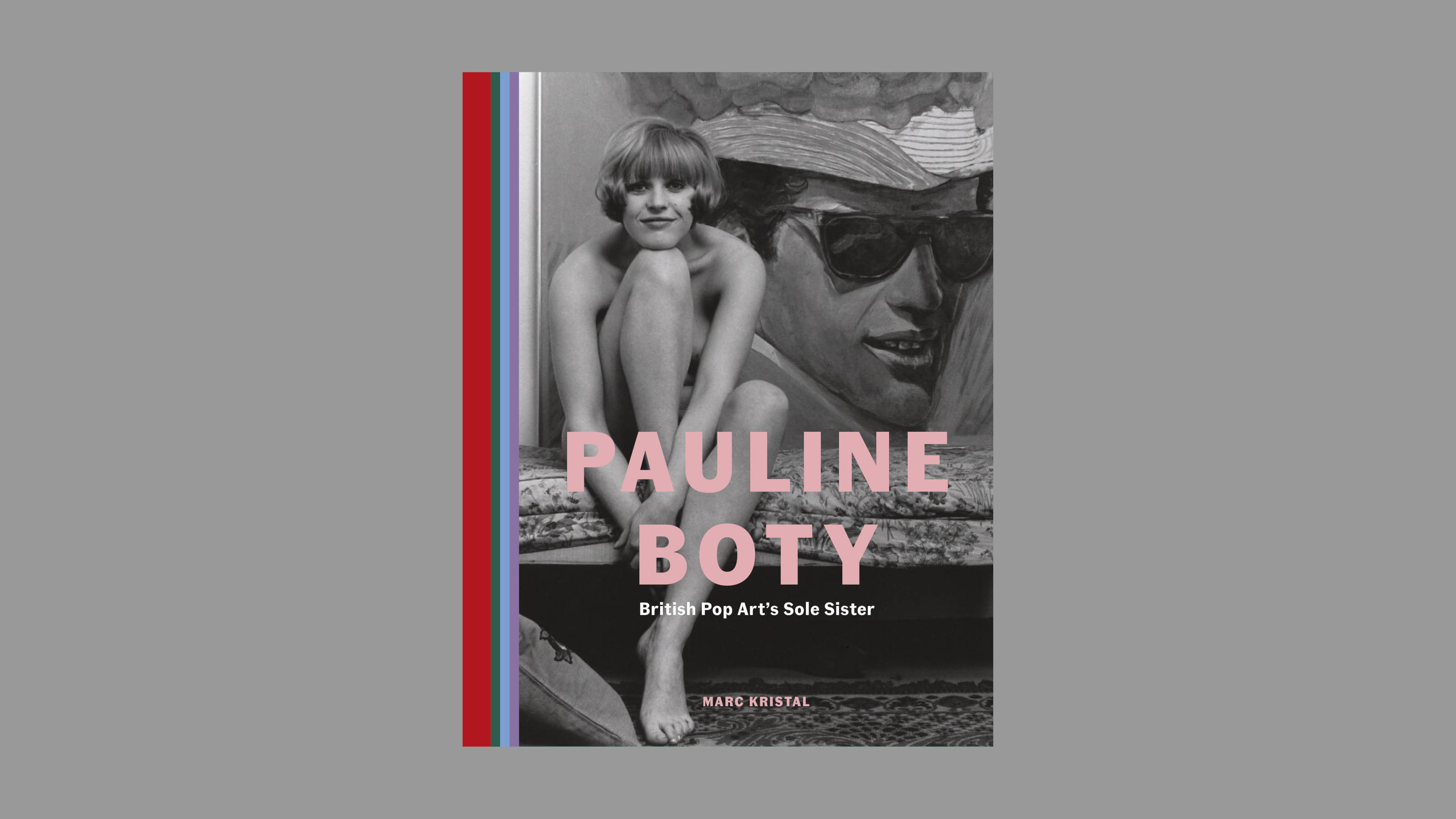
Pauline Boty was at the heart of the Pop Art movement, an RCA student who studied alongside David Hockney, Peter Blake, RB Kitaj, Allen Jones and others. She died of cancer in 1966, just as the 1960s were really starting to swing. Marc Kristal’s new Pauline Boty biography is a rich retelling of the short but intense career of this once-overlooked British Pop artist.
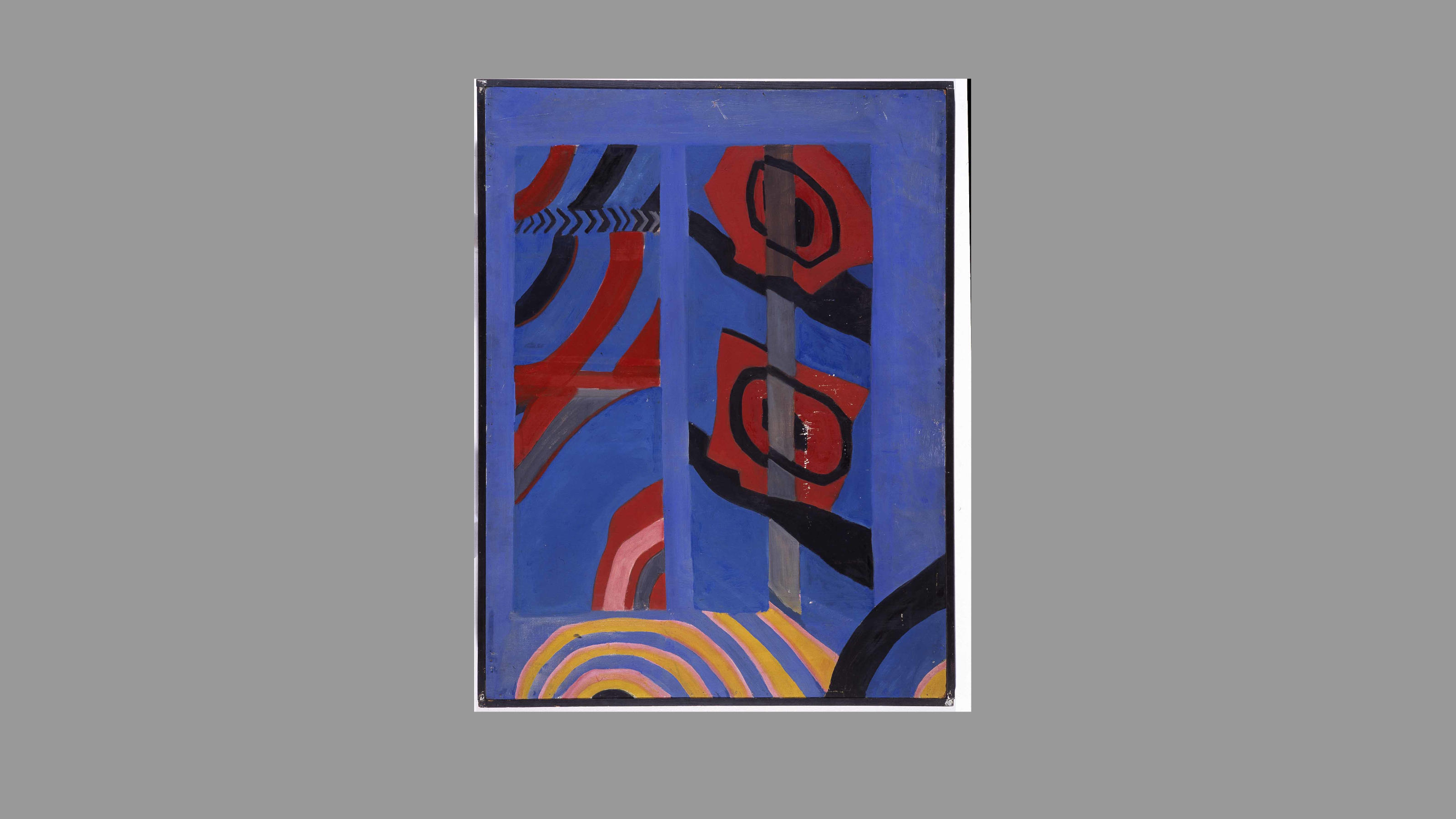
Despite her impressive body of work, gregarious personality and pivotal place in the artistic and aesthetic heart of the Pop movement, Boty’s death didn’t grant her immediate posthumous fame. Kristal relates how it took nearly three decades before the bulk of her paintings were rediscovered, stashed away in a farmhouse in Kent. She was subsequently heralded as the main ‘discovery’ of the Barbican’s 1993 exhibition ‘The Sixties Art Scene in London’, and has since acquired something of a reputation as a proto-feminist artist.
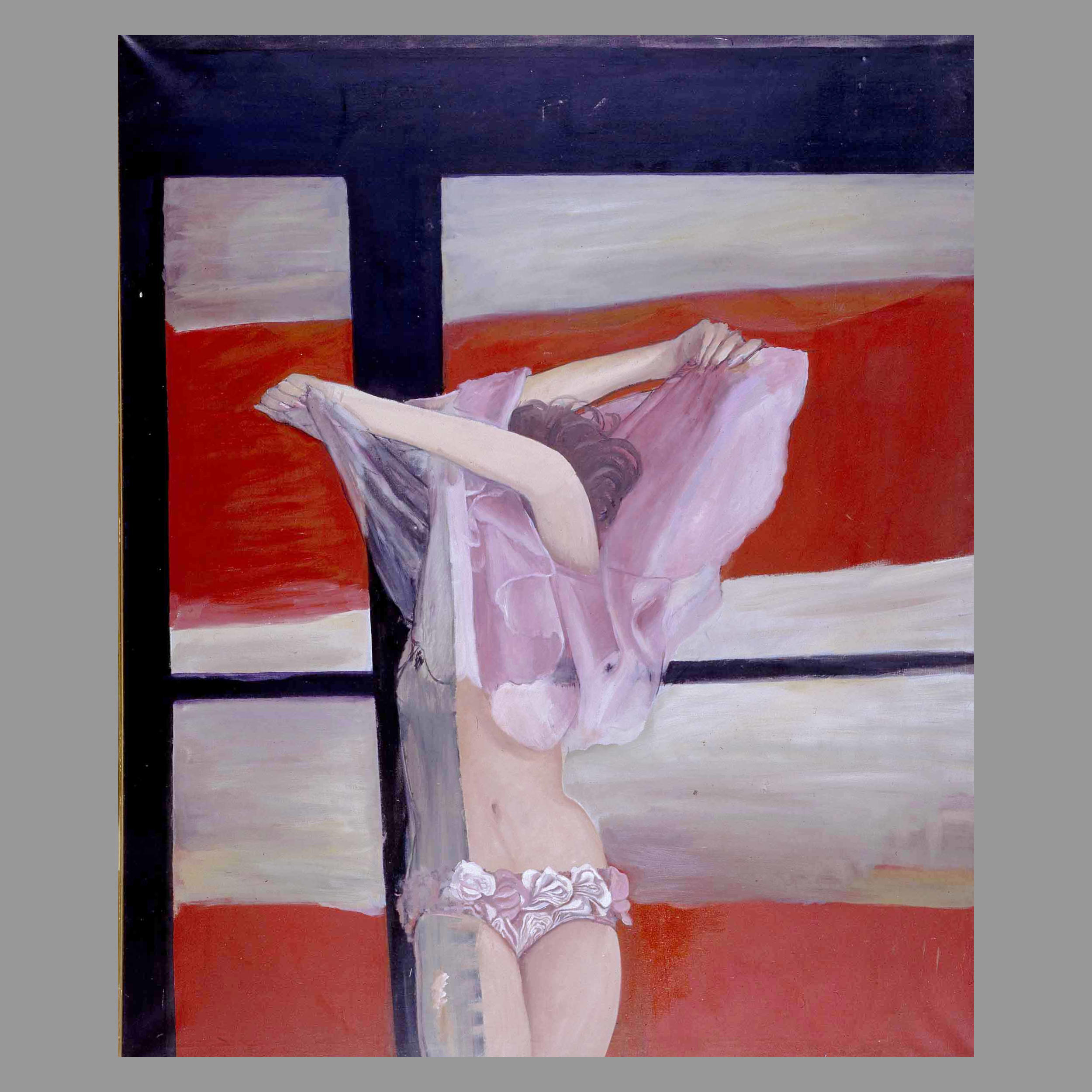
Kristal has devoted extensive research to the artist’s life and work, interviewing many contemporaries and sifting through copious archives. He has vividly reimaged the artistic milieu of the time, interspersing Boty’s biographical details with voices from the past, including the artist’s own writings.
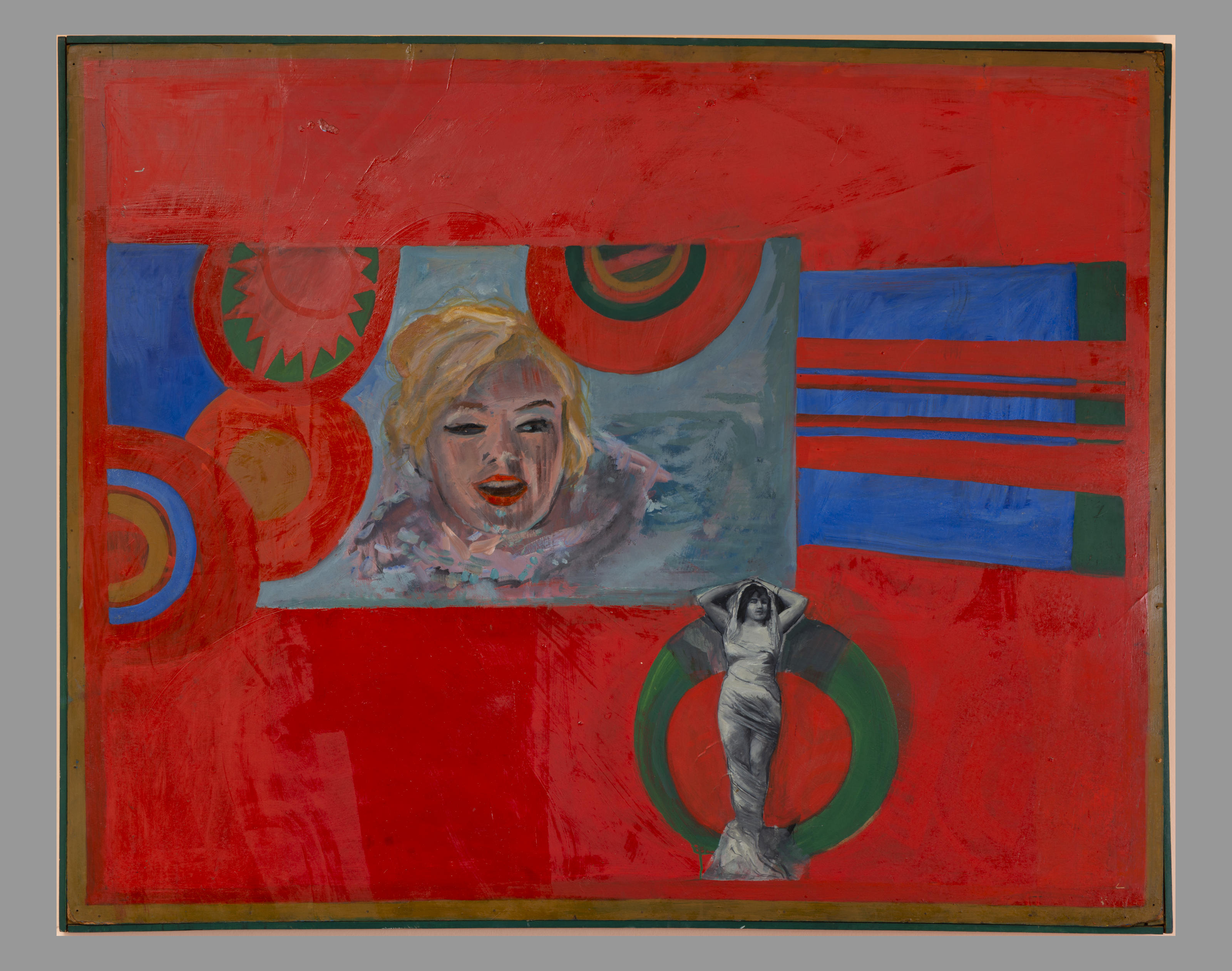
From Wimbledon School of Art, Boty entered the RCA in 1958, ostensibly to study stained glass. At the time, the college’s various departments were scattered across Kensington, but it was also home to the emerging idea of creativity as a unifying force, with artists working across disciplines and through the burgeoning world of mass media: the catalysts of Pop Art.
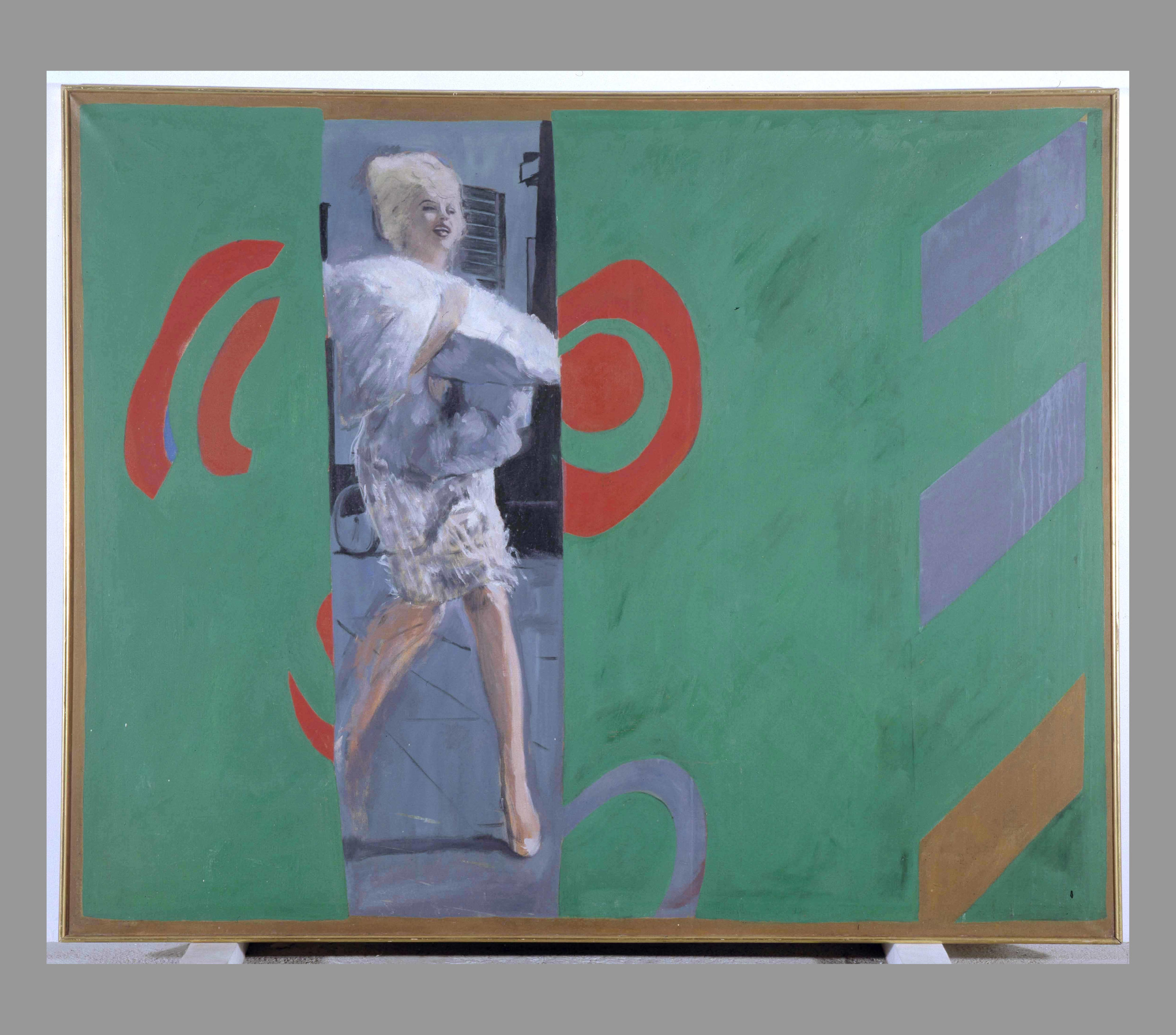
Whilst both unashamedly glamorous and a lighting rod for attention, Boty also found her artistic voice at the RCA. Boty was practically alone amongst the Pop Art practitioners of the time to address female representation in the media and the male gaze, frequently making herself the subject of her paintings. The book contains a thorough selection of her work, key pieces by her contemporaries, as well as a treasure trove of photographs and visual ephemera from the era, representing poster design, art exhibitions and more.
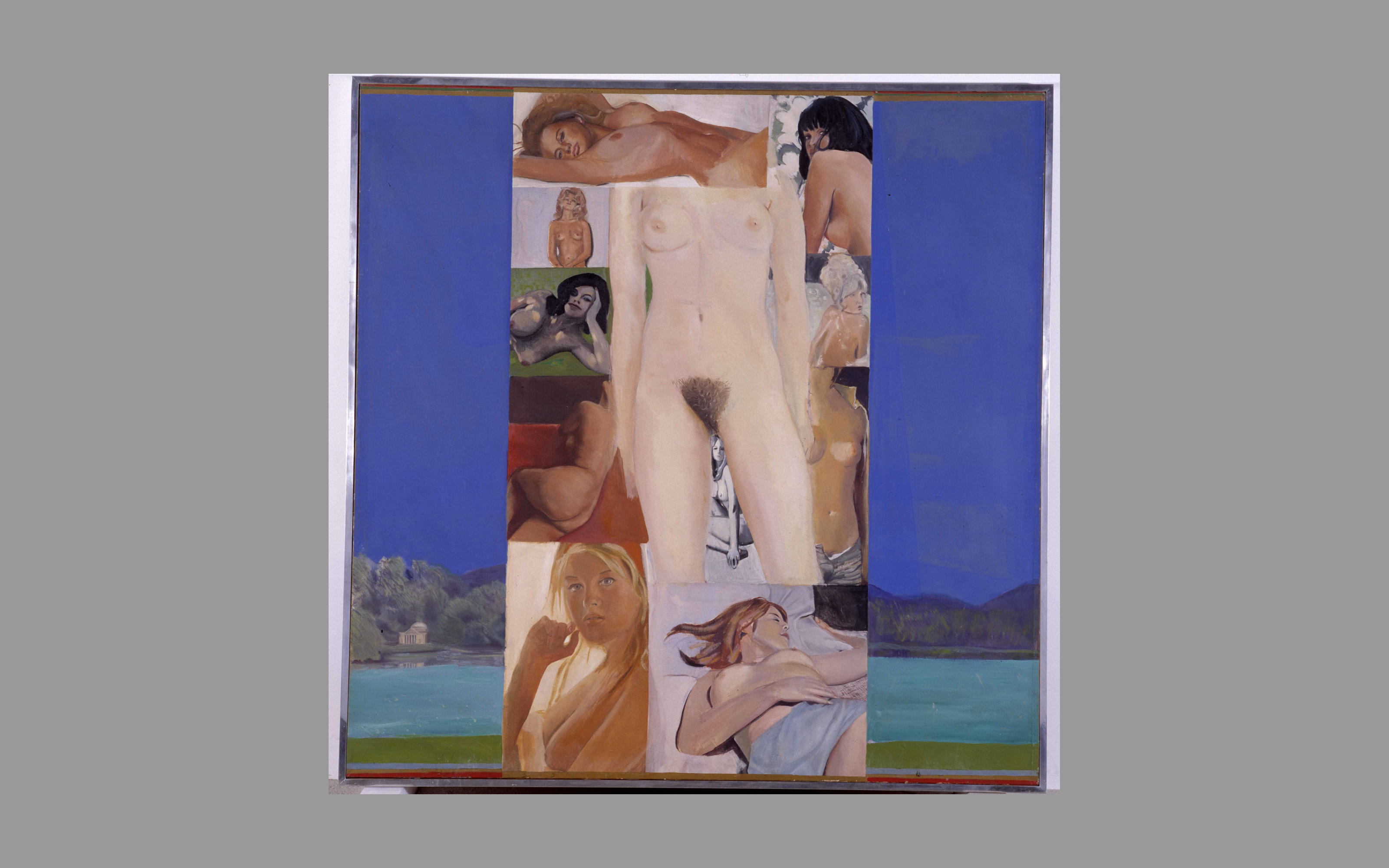
The book is a dense but highly readable evocation of an era, anchored by Pauline Boty’s still evident charisma and Kristal’s meticulous research, which includes a huge number of interviews with key players from the time. Author Marc Kristal, an occasional contribution to Wallpaper*, is also a screenwriter, novelist and filmmaker. With Pauline Boty: British Pop Art’s Sole Sister, he has contributed an excellent portrait of a vital moment in culture.
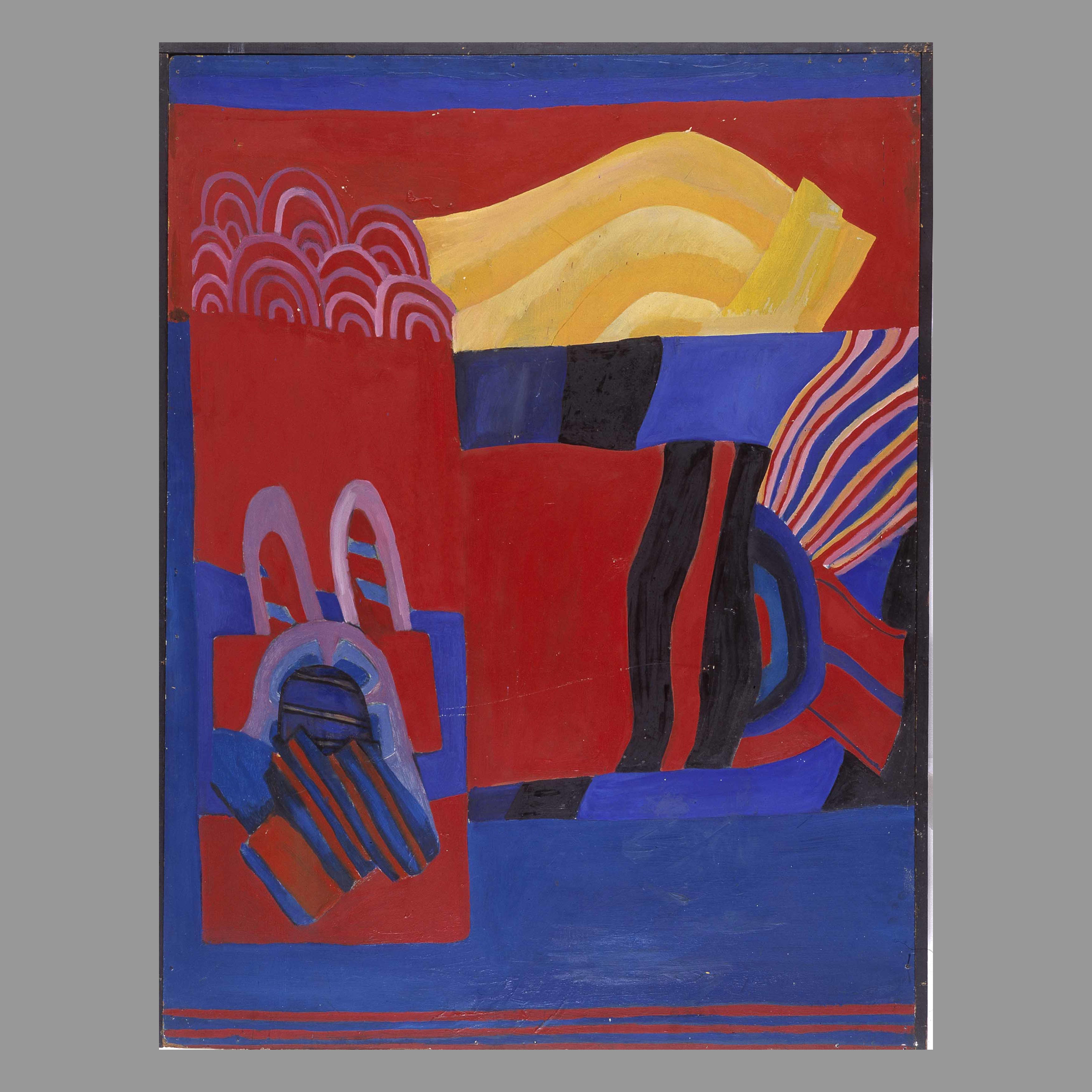
Pauline Boty: British Pop Art’s Sole Sister, Marc Kristal, £25, Frances Lincoln, Quarto.com







